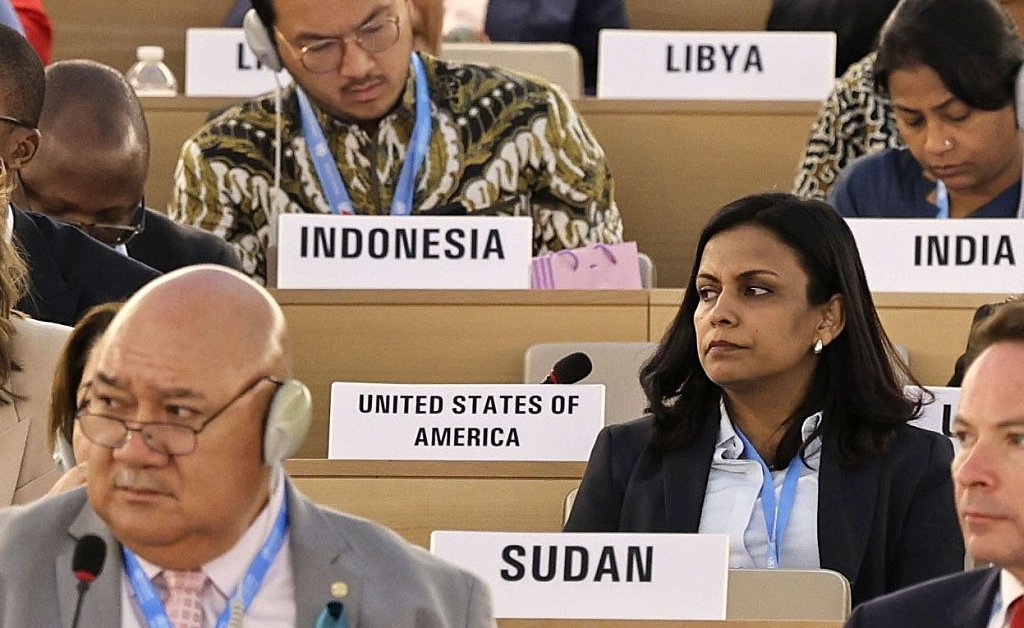The Pandemic Agreement, just adopted by the World Health Organization (WHO), is a landmark for global public health. Had such an agreement been in place before 2020, the COVID-19 pandemic would have looked very different. The agreement now means that when the next pandemic begins brewing, the world will be much better equipped to mitigate or even prevent it.
What exactly will the agreement do?
In a nutshell, 124 countries have pledged to prevent, prepare for, and respond to future pandemics. The countries that formally ratify the agreement will be bound to uphold a number of commitments including investing in health infrastructures, sharing intellectual property, and engaging in technology transfer.
One of the biggest benefits promises to be the Pathogen Access and Benefit-Sharing System. This will require U.N. member states to share information and data about potential pandemic viruses, including sequencing of new viruses or variants, as well as share relevant vaccines, therapeutics, and diagnostic technologies. Vaccine manufacturers in participating countries will be expected to provide 20% of pandemic vaccines in real time to the WHO to distribute globally, including to poorer countries and those most in need of them. Of these vaccines, member countries will donate 10% of them for free.
Such an arrangement would have saved many lives during the COVID-19 pandemic. In the first few years, the unequal access to vaccines was one of the biggest challenges, with one study finding that up to half the COVID-19 deaths in many lower income countries could have been avoided with a more equitable supply of vaccines.
Read More: Tedros Adhanom Ghebreyesus: Global-Health Architect
Conspicuously absent from the agreement is the U.S., which has historically played a key role in global health, from HIV/AIDS to malaria and beyond. Although 11 countries abstained from voting, the U.S.’s omission due to its decision to withdraw from the WHO is notable. COVID-19 taught us that the health of people on the other side of the world is inexorably tied to our own. Isolationism doesn’t work when it comes to infectious disease. Even countries that took the most drastic measures to contain COVID-19, like China, eventually succumbed to rapid and extensive spread of the virus when they relaxed international travel or strict lockdowns and social-distancing measures. Preventing the next pandemic will require us to ensure that all countries, including low- and middle-income ones, have the necessary resources to prevent outbreaks from happening and to quash them before they spread.
The agreement also proves that multilateralism and a desire for global cooperation are still shared goals among most countries. Some critics of the agreement, including U.S. Health Secretary Robert F. Kennedy Jr, have argued that it would be a threat to national sovereignty or freedom, in that it would compromise countries’ ability to make pandemic-related health policy decisions. This is not the case. The agreement states that it “does not prejudice the sovereign right” of countries to consider it in accordance with their own national constitutions.
Global agreements or treaties of this nature are rare. But when they do come about, they are far from being tokenistic documents full of legalese. Although the Pandemic Agreement is less formal and legally binding, several U.N. global treaties have already saved millions of lives. The Framework Convention for Tobacco Control, the first WHO treaty, has reduced tobacco use by one-third over the past 20 years and has saved lives with policies like indoor smoking bans.
Read More: We Are Still Not Ready for the Next Pandemic
Whilst global agreements require financial and political investment, they can also be cost-effective in the long run. The Minamata Convention, a U.N. treaty designed to reduce the effects of mercury on health and the environment, is projected to save $339 billion by 2050 in the U.S. alone.
Beyond pandemics, the agreement also urges countries to take collaborative action that will benefit people’s health in myriad ways. For example, the agreement directs participating countries to “take appropriate measures to develop, strengthen and maintain a resilient health system,” and to take into consideration the need for equity and advancing universal health coverage. Generally speaking, when COVID-19 hit, the more equitable a country’s health care system, the better equipped it was to deal with the disease. Of course, better, fairer health care systems are an end in themselves; they will reduce health inequalities and improve a range of health outcomes, including non-communicable diseases.
The agreement also proposes a “one health” approach to pandemic prevention, preparedness, and response. This takes into account the interconnected nature of human, animal, and environmental health. Although the current risk to humans is low, H5N1 avian influenza still very much has pandemic potential. A “one health” approach can help prevent and minimize spread within and across different species, and ultimately reduce the risk of further zoonotic spillover into humans. This type of approach is also important for other health challenges, from antimicrobial resistance to food safety.
The Pandemic Agreement is cause for optimism in these otherwise challenging times for global health.
Read the full article here


